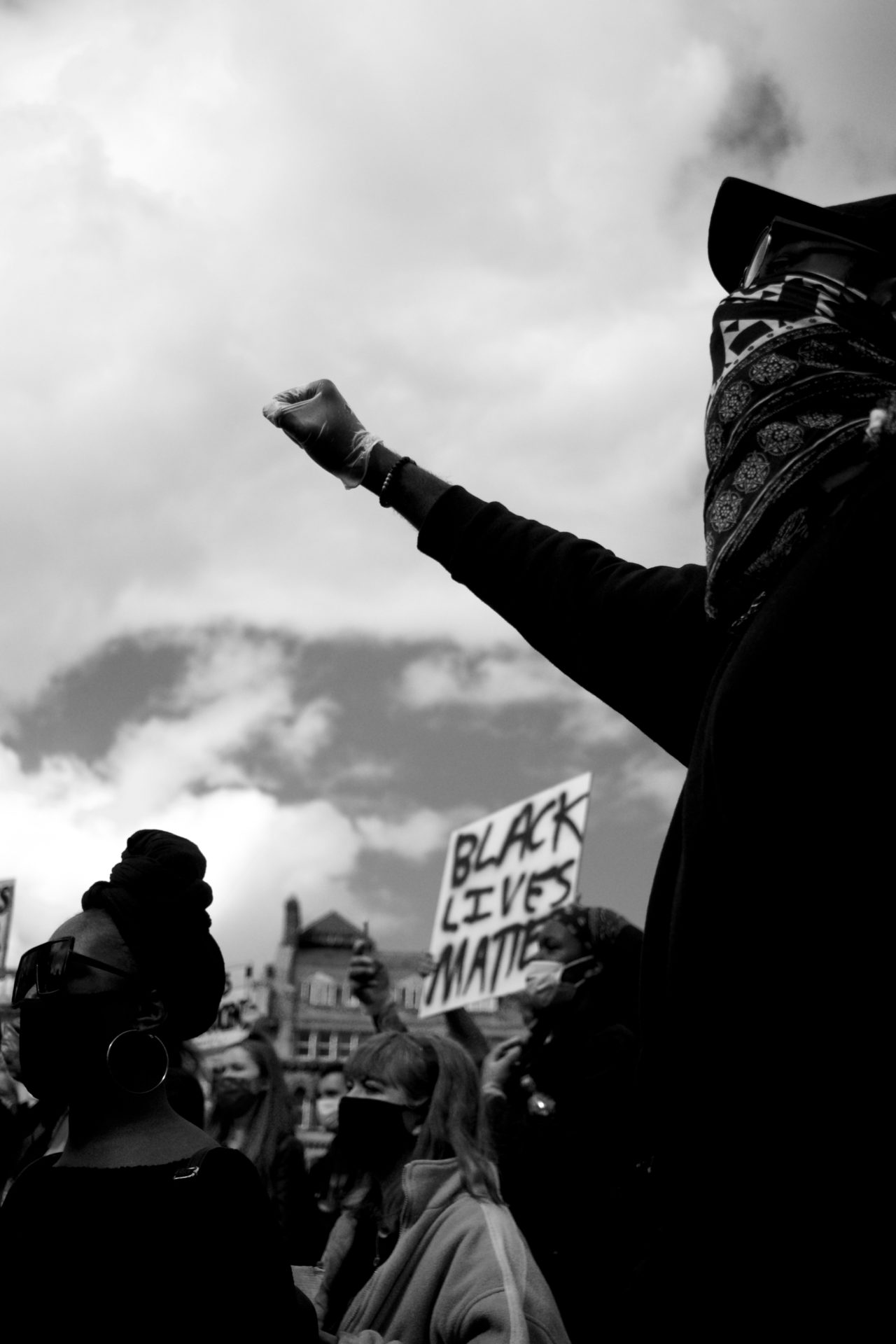
In an increasingly polarised political landscape, language plays a critical role in how people view and treat one another.
The Challenge
The dominant perception of racism in society is that it is limited to individual interactions. This enables problematic thought patterns to persist that lead to scapegoating or placing the blame on individuals, rather than seeing racism as a shared societal problem.
Together with Reframing Race hosted by Voice 4 Change — a national membership organisation dedicated to the Black and Minority Ethnic voluntary and community sector — Savanta ran a study on how framing messages has the potential to shift public attitudes towards ‘race’ and racism.
Our Approach
Reframing Race designed 36 messages that were tested with just under 20,000 people across England and Scotland, nationally representative by age, gender region, social grade, and ethnicity.
The messages frame racism as a problem built into how society works, emphasising the need for fundamental institutional change. To establish how exposure to a particular message can affect people’s views on racism, participants were asked questions relating to their values and beliefs. The results of those who saw specific messages were compared against those who saw no message, to highlight how the messages affect audiences’ views.
Using a combination of A/B testing and regression analyses, the likelihood of a message’s ability to shift the public’s perceptions of ‘race’, racism and racial equality was established.
Three key learnings from the project
1. Challenging the ‘rules’ of strategic communications
Strategic communicators often avoid the use of facts in their messaging on complex, values-based ideas, as these can often be rejected and backfire.
However, one of the most effective messages (see below) provided hard evidence using Oxford University data to highlight the discrimination experienced by Black and Minority Ethnic people during the hiring process in recent years, alongside evidence that Black women are four times more likely to die in pregnancy and childbirth than White women:
“We know through hard evidence that racism remains a significant issue today.
In a UK-wide Oxford University study, researchers applied to more than 3000 real job openings as fictitious applicants. White British candidates had to make four applications to receive one positive response. Meanwhile, equally well-qualified British Black and Minority Ethnic applicants had to make an average of seven applications to receive one interested response.
And this type of discrimination doesn’t just happen in hiring. We also see racism in healthcare. For example, another report published by Oxford University shows that Black women are four times more likely to die in pregnancy and childbirth in the UK than white women…”
This highlights how institutional practices reinforce racial inequity and the disparity in terms of equal access to healthcare and other fundamental needs (hygiene/housing problems etc.)
The findings underline that there are no strict rules when it comes to strategic communications. Testing the potential impact of particular messages amongst specific target audiences is always valuable, as the success of this message shows.
In both England and Scotland exposure to the message increases agreement that racism is much bigger than individuals because it is built into laws and how society at large works. However, the message lands differently concerning perceptions and acceptable actions. In England awareness that racism is a problem and harms people in healthcare increases, whereas in Scotland the message arguably goes further to generate support for transformational, institutional change.
2. Use of a metaphor to communicate complex ideas
Metaphors can be an impactful way of delivering a complex message by using a simple image. One message likened the effects of racism to a birdcage:
“Each wire of the cage represents how society limits key opportunities and freedoms … to break free from racism, we need decisive action from government and other powerful institutions to change how we run our society.”
Exposure to this message increased agreement in both England and Scotland that racism is much bigger than individuals Therefore, the birdcage metaphor was successful in elevating the problem from the individual to a societal level.
3. It is easier to encourage support than action
It is easier to shift views and raise awareness of an issue than it is to encourage the public to take action themselves. The messages are more likely to be successful in shifting perceptions that racism is embedded into the design of our societal systems and institutions, than generating agreement that action on racism is a priority and support for anti-racist policies/actions. This is a stark reminder that public debate often (somewhat unproductively) focuses on the existence or prevalence of racism, rather than exploring effective solutions to combat racial injustices.
The research demonstrates how reframing messages can improve awareness of racism having been designed into our institutions, and therefore has the potential to be designed out. This creates opportunities for race equity campaigners to cut through to new audiences and facilitates productive ways of working towards achieving an anti-racist future. The practice of reframing is not simply about securing agreement, but disrupting deep-rooted prejudices and laying the foundations for productive conversations to tackle discrimination.
The ‘Reframing Race’ by Voice 4 Change in partnership with the Joseph Rowntree Foundation and the Lankelly Chase Foundation and is powered by data collected by Savanta.
For more information on the study, you can read the full report by clicking here
